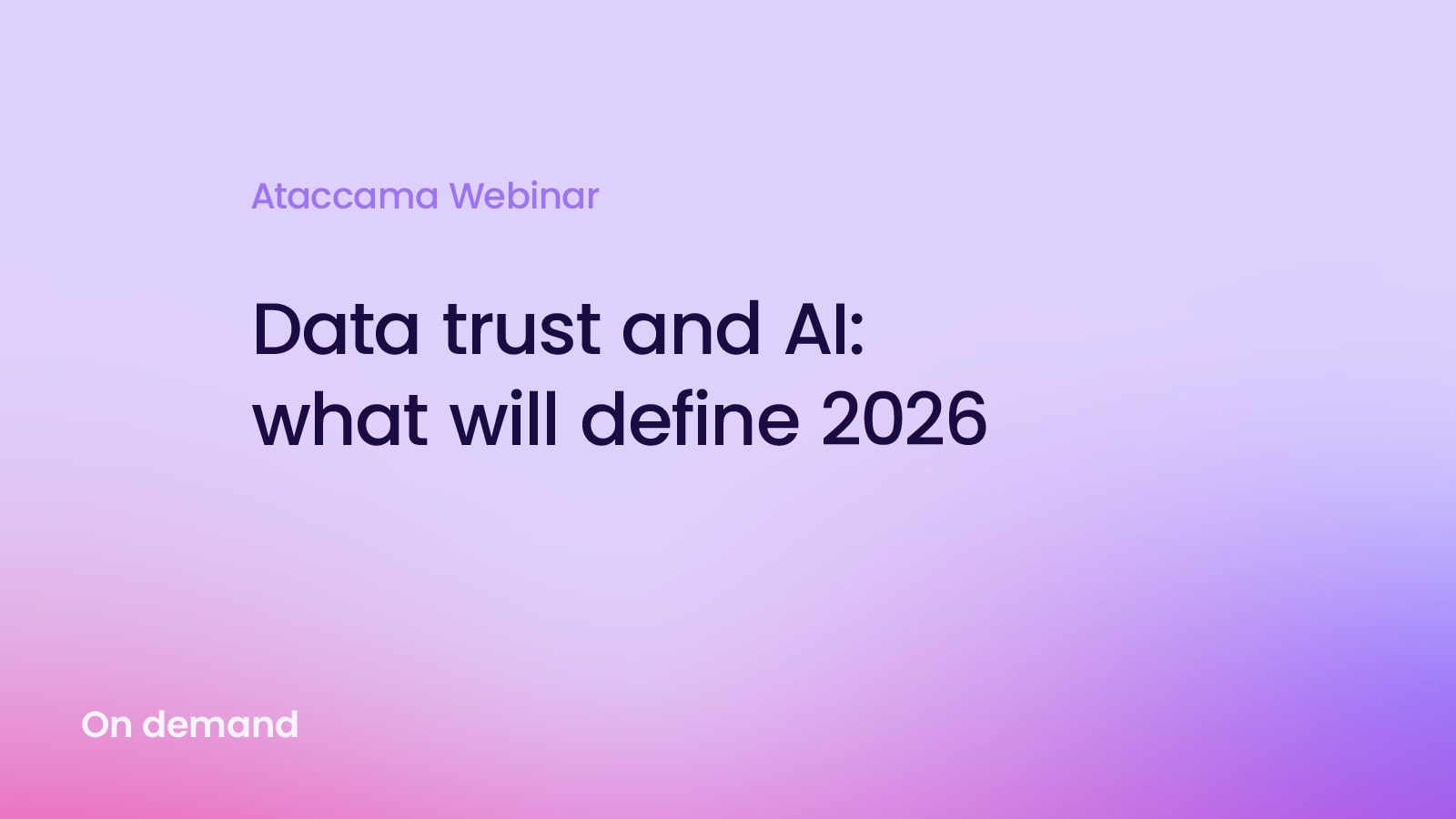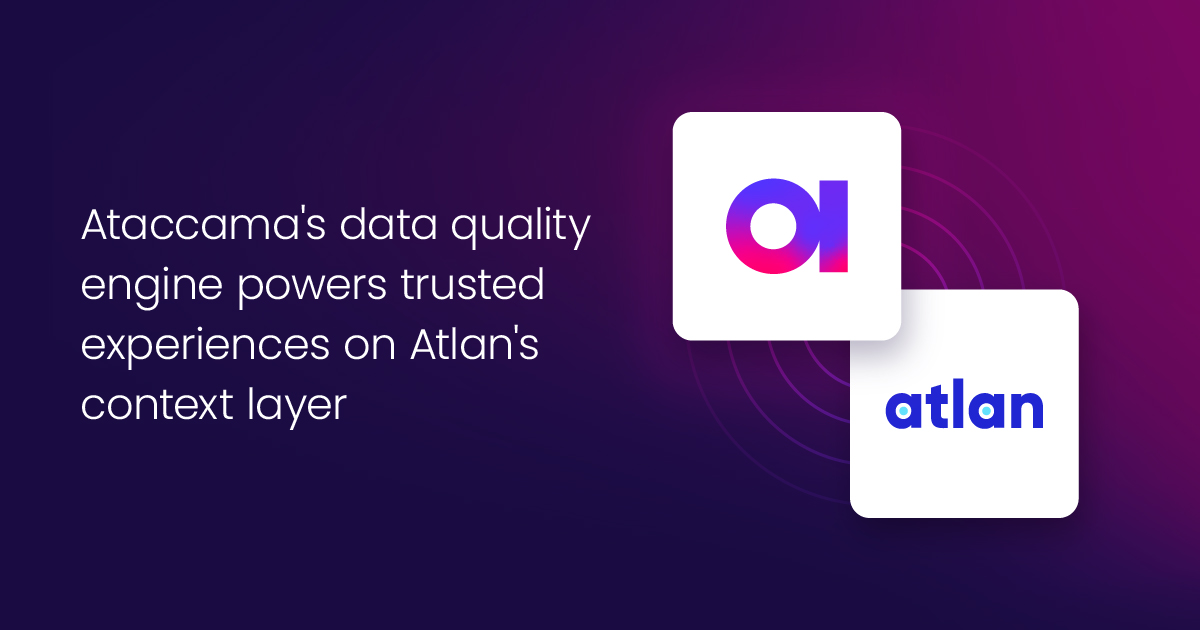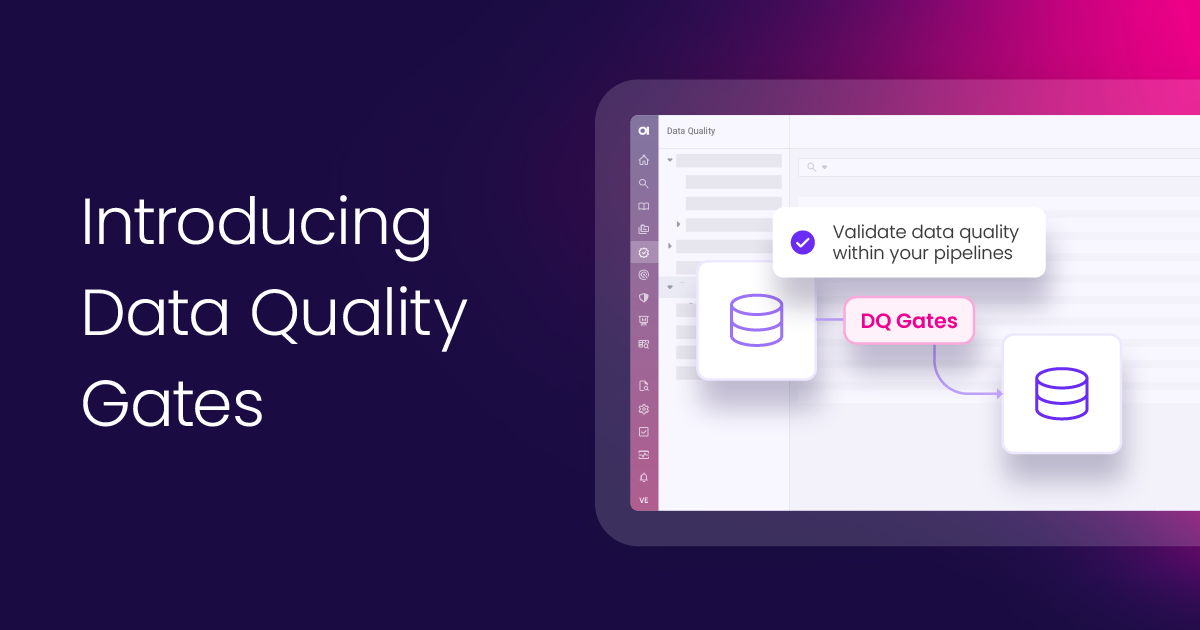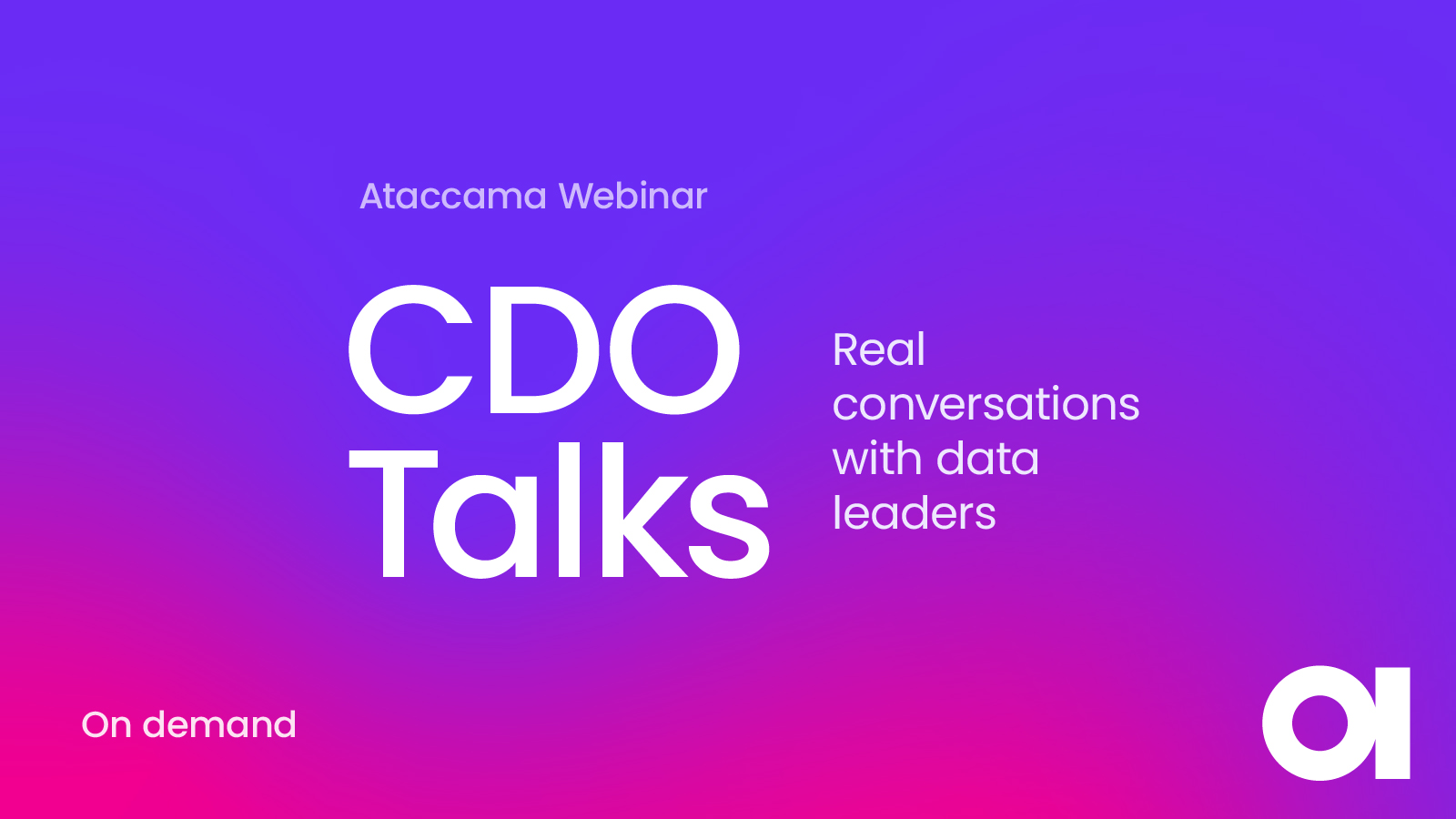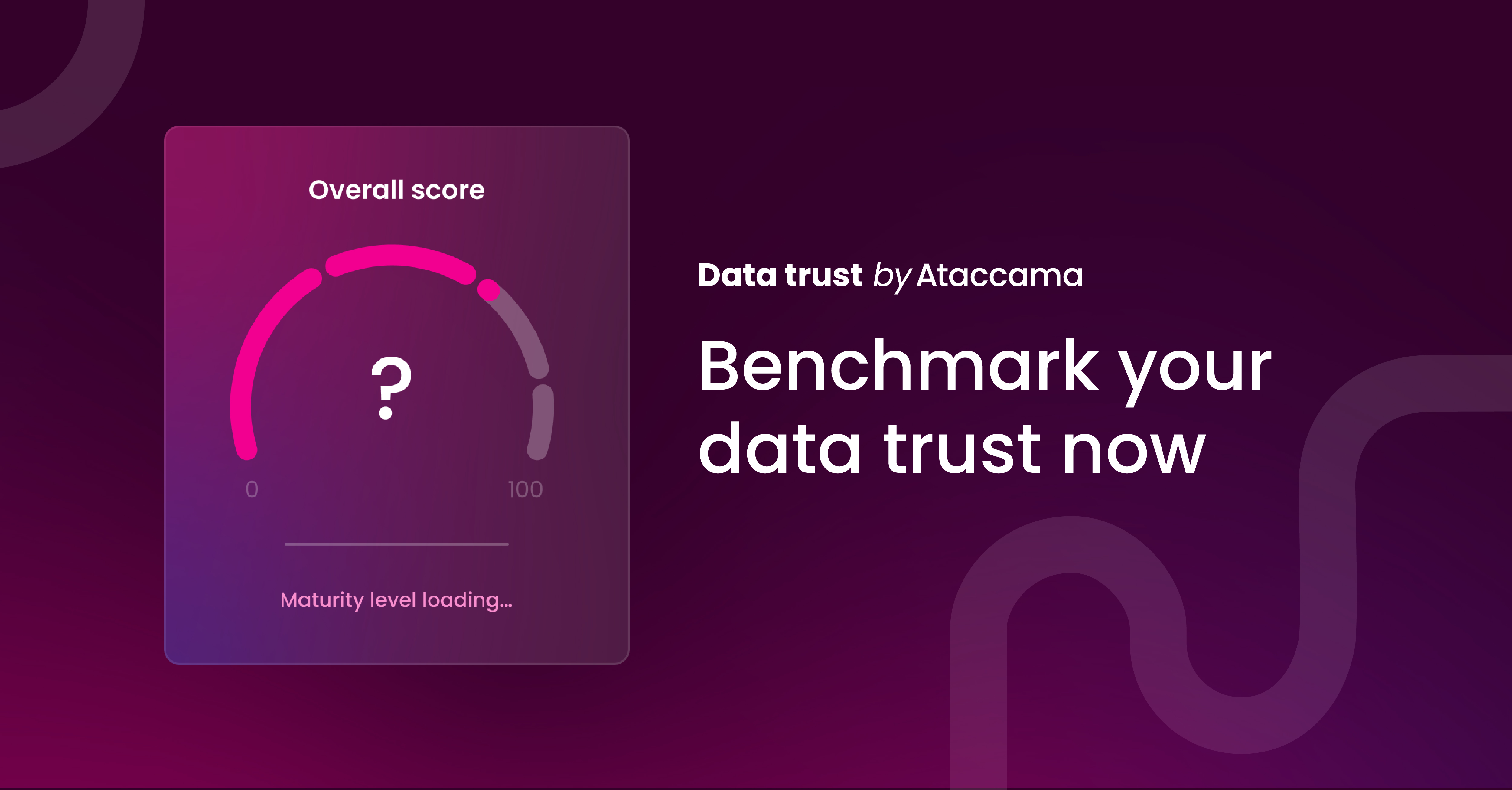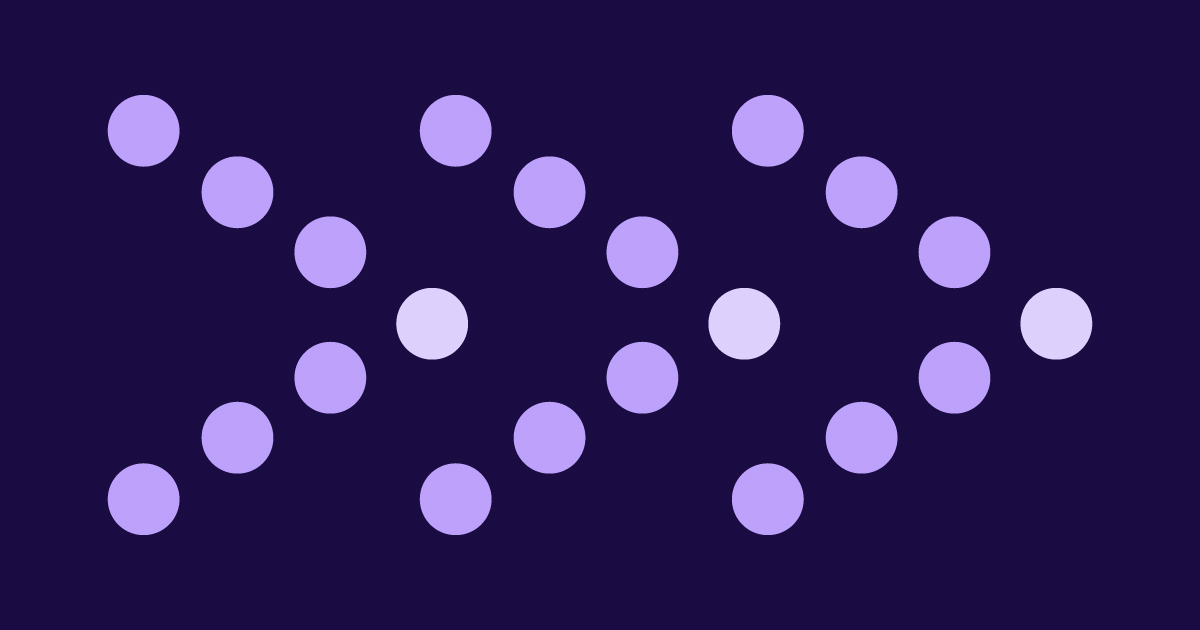What is a Data Steward?

Once data governance processes are in place, it’s easy to assume they’ll run themselves. Some people might think a robust data quality or master data management platform should keep all your facts and figures in check with only the help of business users and IT. Wrong!
Even after setting up these systems, you’ll need a person (or people) who will enforce the principles and processes established by your data governance framework. They will also monitor your data processes, suggest new rules, build systems, and resolve data issues. This person is a Data Steward. They will ensure the quality of your data, master data, and metadata throughout the entire data lifecycle.
This role is crucial for any company that prioritizes data governance. Among several other benefits, a data steward can help your company to:
- Achieve better overall data quality
- Define clear and concise data policies and processes for data governance
- Guarantee higher efficiency and effectiveness for your data team
If you want to learn more about data stewards, their responsibilities, and their key characteristics, then read on!
Data steward responsibilities
Like a field with no farmer, if you have no one maintaining your data, it will eventually become so unruly that it’s unusable. Data stewards keep your data usable by guaranteeing that it’s:
- High quality (more on this later)
- Compliant with regulatory requirements
- Easy to find and properly documented
Obviously, stewards can’t watch over every piece of data that passes through your company, so most of this maintenance happens through reporting, either from customers or internally within the company. They also work with internal reporting metrics to monitor data quality and identify issues.
Finally, as data maintainers, they need to perform corrective measures regularly to fix problems when these issues arise. The rest of the data stewardship responsibilities apply to specific areas of data management — more on those below.
Data quality
Connected with data maintenance is data quality. Data stewards need to be closely involved with the DQ process to ensure its success.
They will perform tasks like:
- Data profiling
- Helping define data quality rules
- Applying data quality rules on datasets (without the need to write code)
- Scheduling regular DQ monitoring and reporting
- Checking if a data set has the required quality and meets the company’s data standards
- Determining the source of any data quality problems
- Assessing erroneous entities on mission-critical data
- Reviewing data issues that require human expertise and fixing them manually
As you can see, data stewards are critical to executing any kind of data quality initiative.
Metadata management
Metadata is data drawn from conclusions about the rest of your data. Things like who created the data, what kind of data is inside the data set, who the data owner is, where it’s stored, and when it was created could all be considered metadata.
A data steward helps manage metadata mainly through the data catalog. They work with other business units and departments to set up a catalog that makes metadata readily available and faster to access/find.
Some of the other tasks your steward could complete related to metadata and the data catalog are:
- Helping business teams define business terms and business rules to populate the business glossary
- Offering insight on the origin and meaning of data when building the data catalog
- Advocating any data user, data scientist, or data analyst within the company to use the data and metadata definitions approved by the business glossary
- Advocating the use of appropriate reference data
- Documenting technical metadata
Security
A data stewardship program will guard your data from unauthorized access and ensure your business falls within the regulatory guidelines set in place by regulations like the GDPR and other similar policies. It’s likely that your company also has a security initiative, but Data Stewards will help keep your data secure by:
- Organizing data by relevant categories and classifying it by sensitivity
- Determining rules for data retention, storage, and deletion within their domain.
- Establishing security requirements for data, e.g., who has access, can the data be changed, etc.
- Interpreting public regulations into the governance initiative, so the company remains in compliance
- Creating directives on data usage
- Determining policies and procedures for accessing sensitive information via data governance.
- Helping keep your data safe from cyber-attacks, attempted thefts, and your company from falling out of line with government regulations
Communication
A data steward needs to act as the bridge between the IT department and the business side of an organization. They need to communicate relevant information to IT and the business side of things when there is a technical issue with the data and about policies set up by the IT department or the data governance initiative.
Communication between data stewards is essential as well. If your company has multiple data stewards or different types, they need to convey relevant information about their specific domains and expertise to their steward colleagues.
Data stewards also communicate the success of various data initiatives by setting up dashboards for data quality, resolving master data issues, and completeness of the business glossary.
Here are the situations where data stewards communicate with the rest of the organization:
- Passing down methodologies, tools, and processes to the business
- Aligning with other data stewards on rules and policies used in different domains, processes, and departments
- The success and progress of data initiatives
- Data quality issues to the business, data owners, or system owners
5 types of data stewards
Every organization is different when it comes to business processes, IT systems, data sources, and policies. Therefore, different types of data stewards exist that might focus on data in specific contexts. These different types of data stewards can be divided into five categories.
George Firican from lightsondata.com did a perfect job dividing data stewards into these five different categories. Below you’ll find our interpretation of his beneficial video.
Domain data steward
Also known as a data object data steward or subject area data steward, this data steward is primarily responsible for the master and reference data within one business data domain (e.g., Customer Data). They are the subject matter expert of their specific data domain.
Domain data stewards can work with and define things like company data hierarchy, finance data, addresses, industry codes, and contact information. They need to have strong executive sponsorship to ensure the rules and processes they put in place are followed diligently (as is for data governance in general). They also need to reach across lines between departments and responsibilities and interact closely with a “cross-departmental team of subject matter experts.”
This is one of the most common types of data stewardship. The people who assume this position are often in a managerial or business analyst role. It’s hard to find volunteers from these fields because the job is time-consuming, and people often don’t want to do it. They also need to communicate often and require the strong executive sponsorship we mentioned earlier, making this one of the more difficult data steward types to implement.
Functional data steward
Depending on the company’s size, these data stewards will only manage critical data (reference, master, and transactional) related to one particular business function (e.g., sales or marketing). They will be responsible for the data’s quality, use, and meaning within this function. They will also help define data governance rules and policies for that function.
A functional data steward’s job can get somewhat complicated when asked to interact with data that crosses over multiple departments. The rules and hierarchies can conflict and muddle the items the business data steward is working on.
A business data steward or data governance program should always be enterprise-wide. A department-specific one will inevitably establish rules that only apply to that department and lead to inter-departmental data confusion.
Process data steward
A process data steward manages all data involved with one business process. They will help improve the process by working in all the data domains that the process involves. Because they are working in multiple domains, they will need reliable cross-process governance to ensure their data element’s reliability and accuracy. This also means that they regularly interact with the functional and domain data stewards to share knowledge about specific data.
Technical data steward
Technical data stewards are also referred to as System Data Stewards because they operate with the data in one or more IT systems. Someone like an enterprise data architect, MDM practitioner, or data modeler would fall under this category.
Within their specific system, they will understand how the data is created, stored, transformed, and moved within and between technical systems.
Technical data stewards also work closely with functional and domain data stewards to populate the data dictionary, business glossary, and data catalog.
They also work with data custodians to implement data governance decisions within the IT data systems.
Lead data steward
This head data stewardship role leads a team of other stewards for a specific data domain. They are the guiding light for that particular domain. All the other stewards report to and perform tasks for them. Lead data stewards can also approve corrections to master data or changes to reference data.
They provide leadership, direction, management, change, advocacy for that domain’s data and metadata.
Conclusion
Data that isn’t looked after can degrade exponentially and become useless to you and your company.
Data stewards will keep your data safe and usable by being responsible for data maintenance, quality, communication, metadata management, and security.
Remember that you need to find the right person for this position. They need to be industry experts with amazing technical and detective skills. They also need to be great at communicating with all individuals within the organization.
Finally, there are different types of data stewards, and you’ll need to determine which archetype(s) best fit your company’s data needs.
As we mentioned, data stewards are vital for data governance to succeed. Check out our data governance page to learn more about accelerating this fundamental process.
